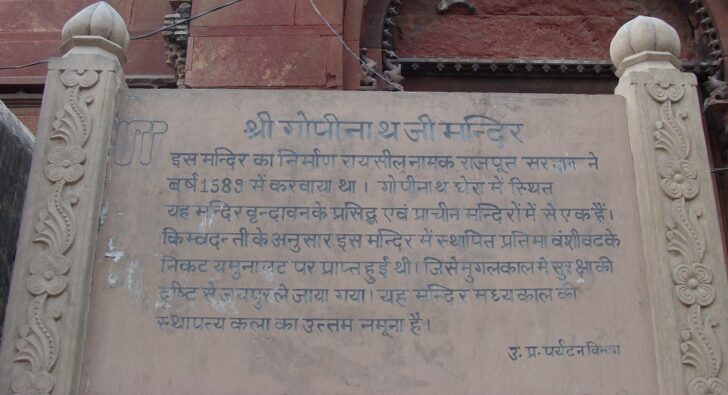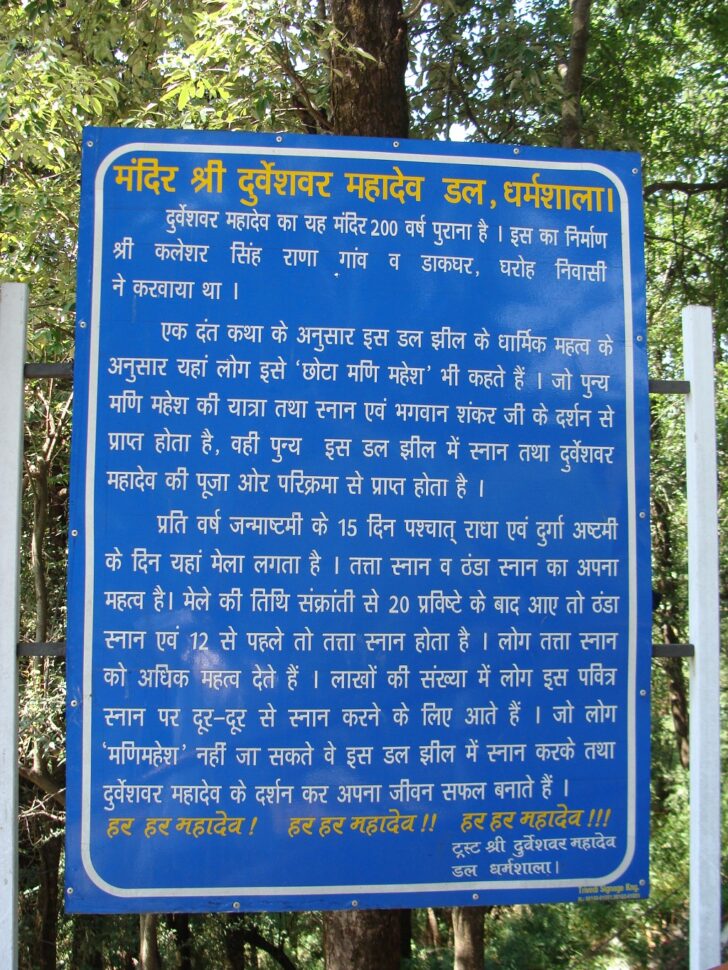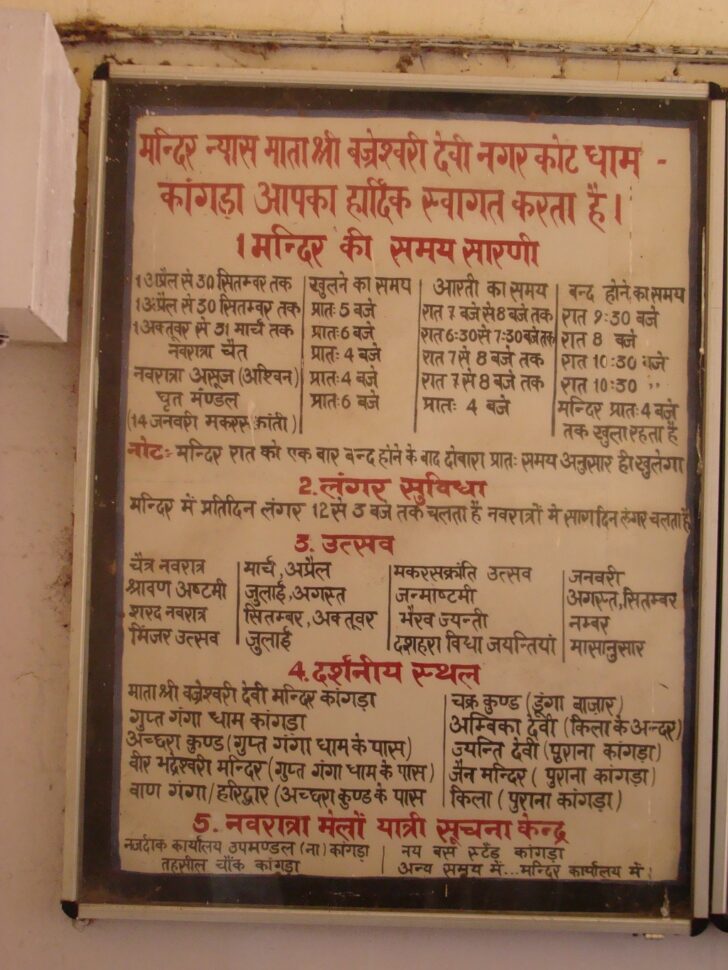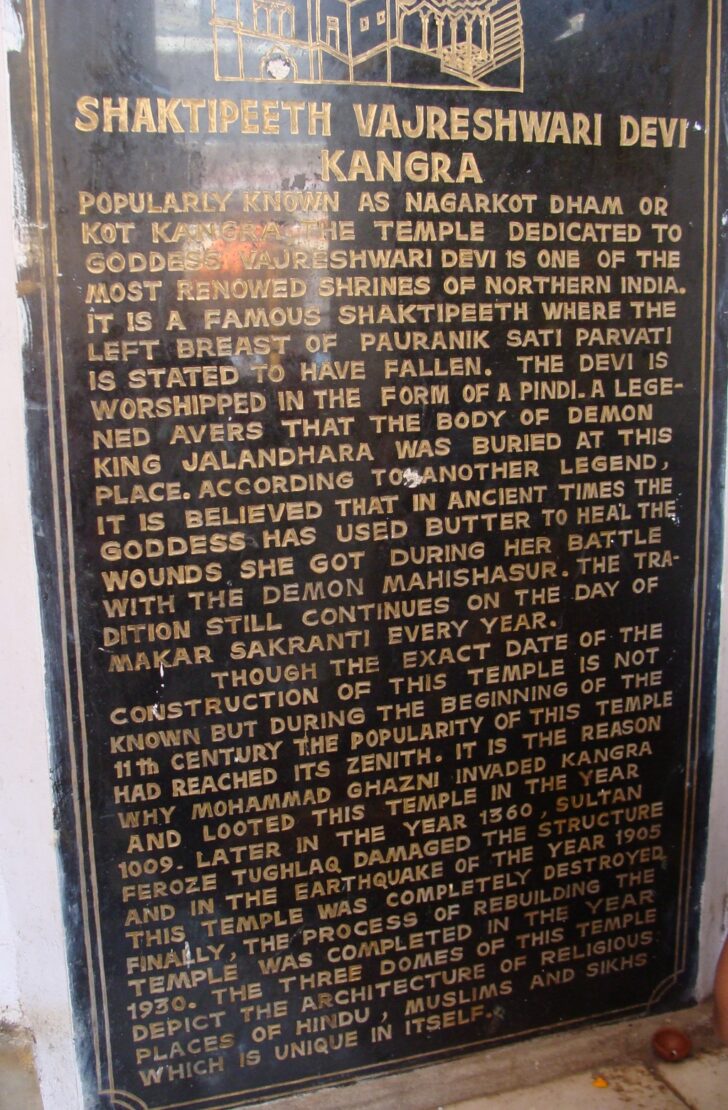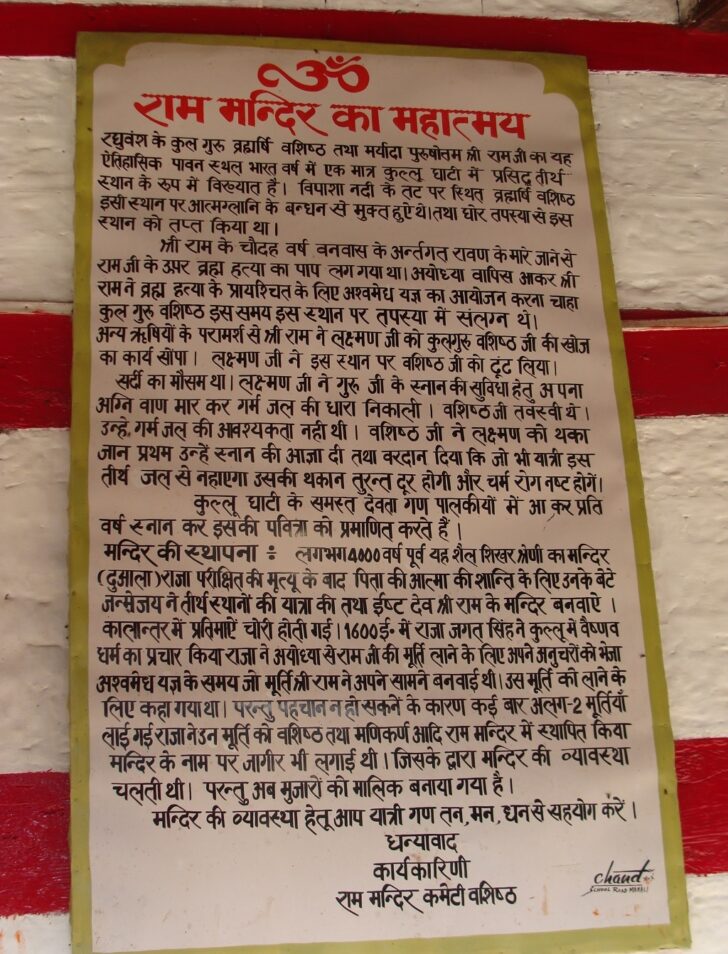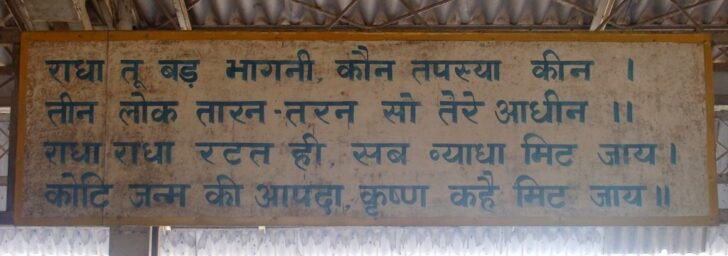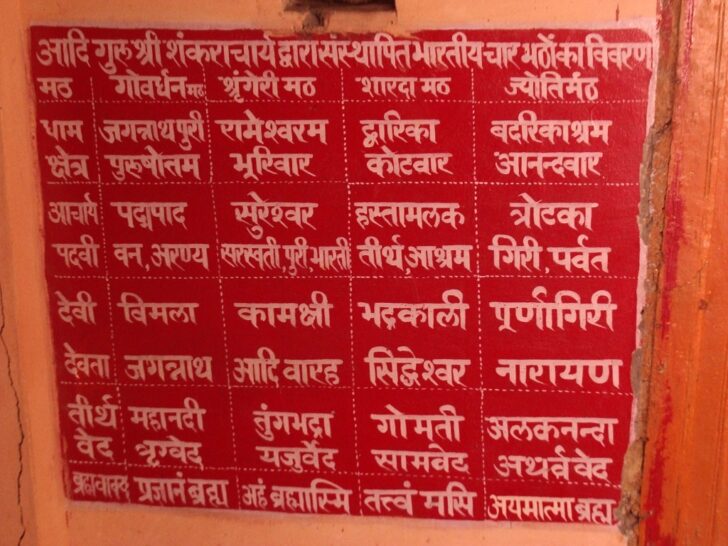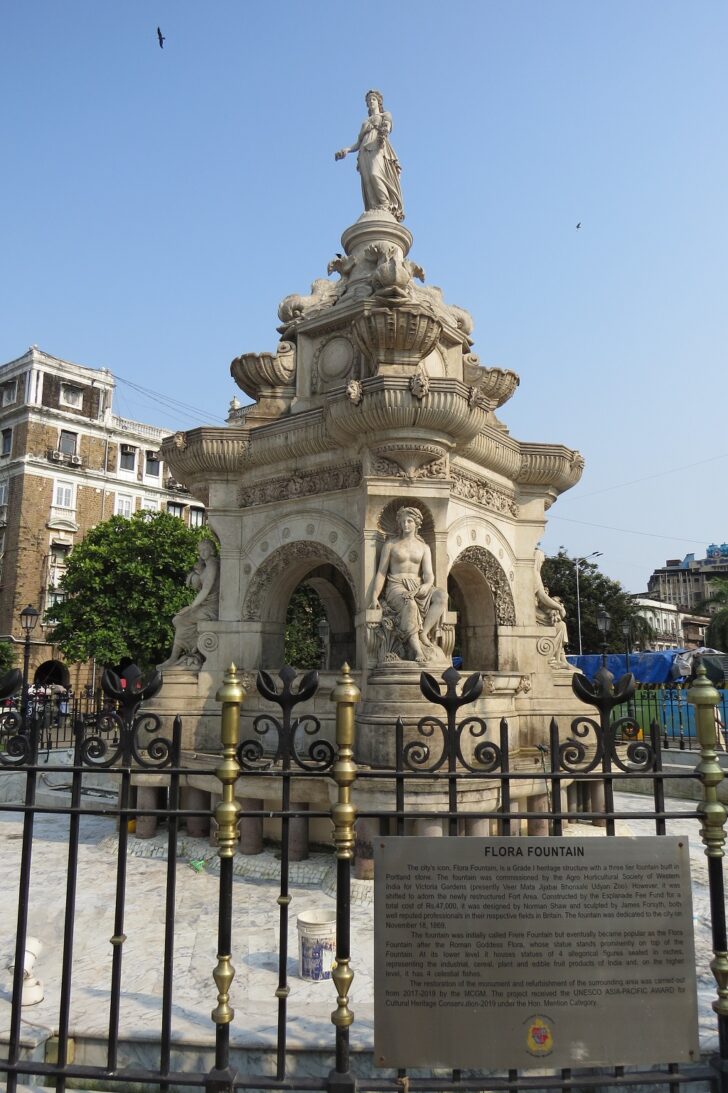This historical holy place of Raghuvansh’s family Guru Brahmarshi Vashisht and Maryada Purushottam Shri Ram ji is famous as the only famous pilgrimage place in the Kullu Valley in India. On the banks of the Vipasha River, Brahmarshi Vashisht was freed from the bondage of self-aggrandizement at this place.
Due to the killing of Ravana during Shri Ram’s fourteen years of exile, Ram ji committed the sin of killing Brahmin. After returning to Ayodhya, Shri Ram wanted to organize Ashwamedha Yagya to atone for the killing of Brahmin. Kul Guru Vashisht was engaged in penance at this place at this time.
In consultation with other sages, Shri Ram entrusted the task of searching for Kul Guru Vashisht ji to Laxman ji. Laxman ji found Vashisht ji at this place.
It was winter season. Lakshman ji shot his fire arrow and brought out a stream of hot water for the convenience of Guru ji’s bath. Vashisht ji was an ascetic. There was no need for hot water. Knowing that Laxman was tired, Vashisht ji first ordered him to take a bath and gave a boon that whoever bathes in this pilgrimage water, his fatigue will go away immediately and skin diseases will be cured.
All the deities of Kullu Valley come in palanquins and bathe every year to prove its sacredness.
Establishment of the temple: About 4000 years ago, this rock pinnacle category temple (Duala) after the death of King Parikshit, his son Janmejaya traveled to pilgrimage places for the peace of his father’s soul and built a temple for the presiding deity Shri Ram. Over time the idols kept getting stolen. In 1600 AD, Raja Jagat Singh preached Vaishnavism in Kullu. The king sent his followers to bring the idol of Ram from Ayodhya, which was made by Shri Ram in front of him during the Ashwamedh Yagya but due to the inability to identify, several different idols were brought, the king installed those idols in Vashisht and Manikaran Adi Ram temple. A jagir was also imposed in the name of the temple through which the system of the temple was run but now Muzaro has been made the owner.
(Hindi to English Translation by Google Translate)
Click to watch Ram Mandir, Vashisht.
Click to learn about Vashisht, Himachal Pradesh.
Like this:
Like Loading...
